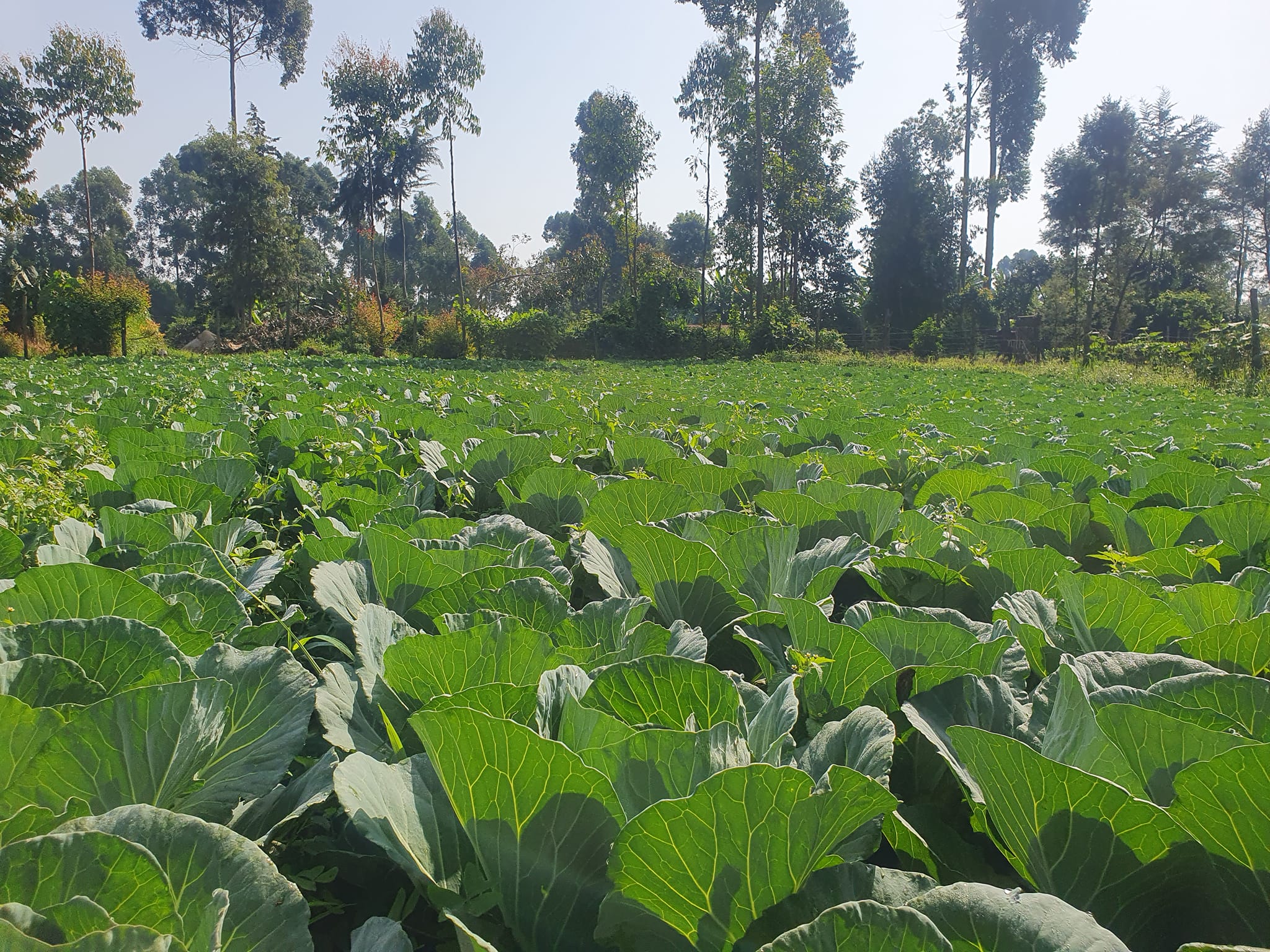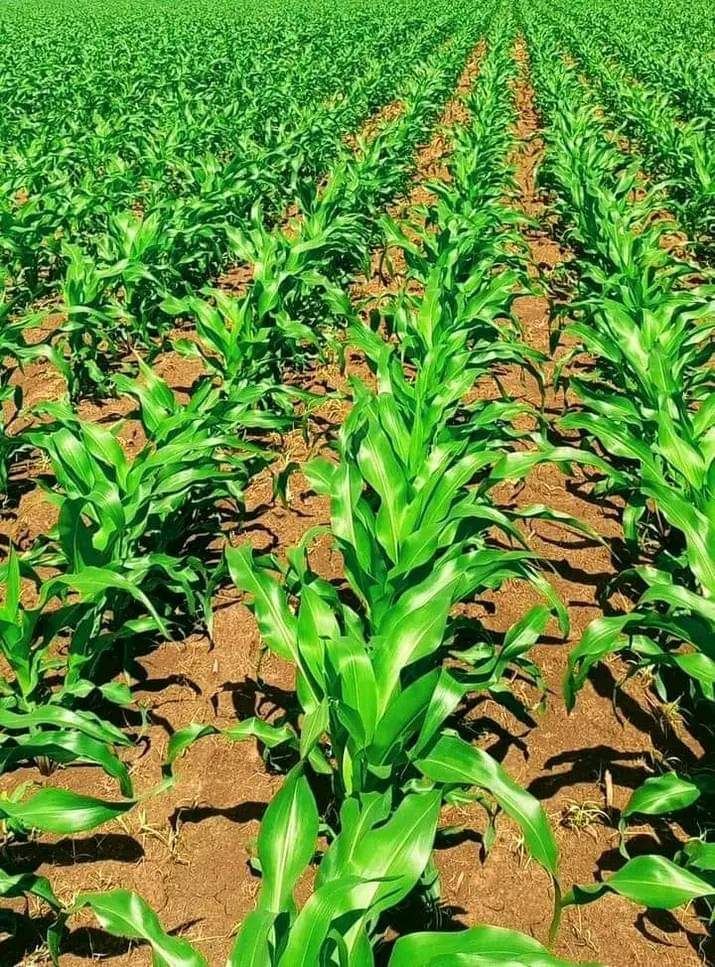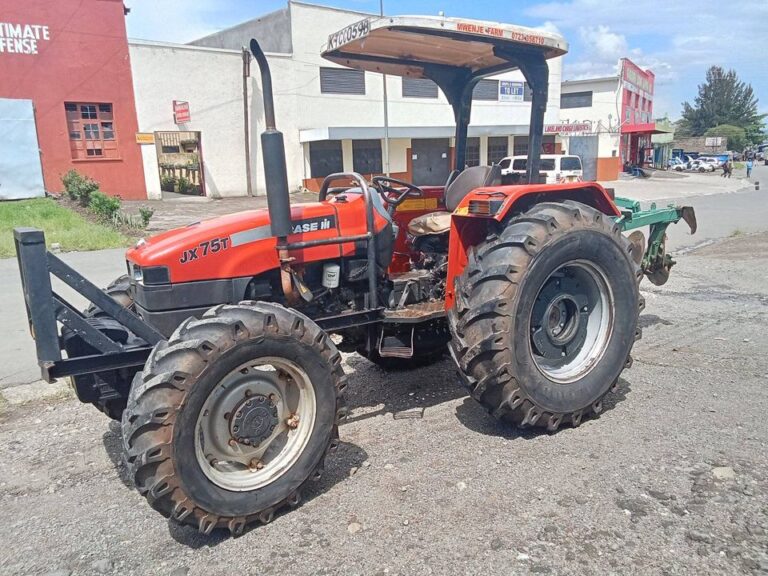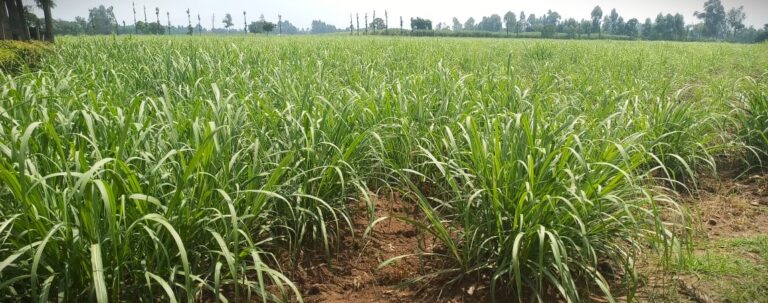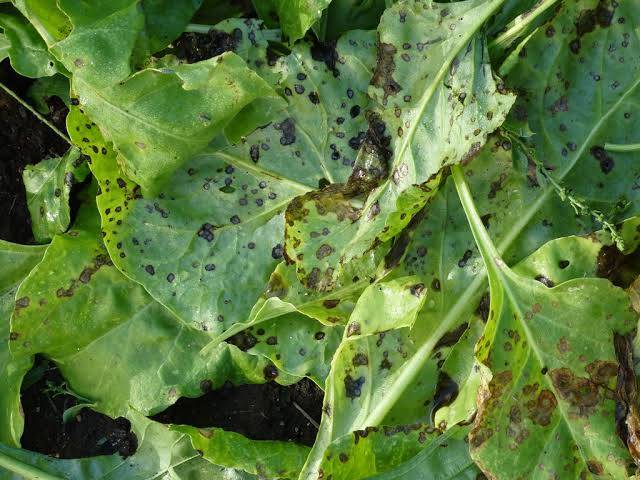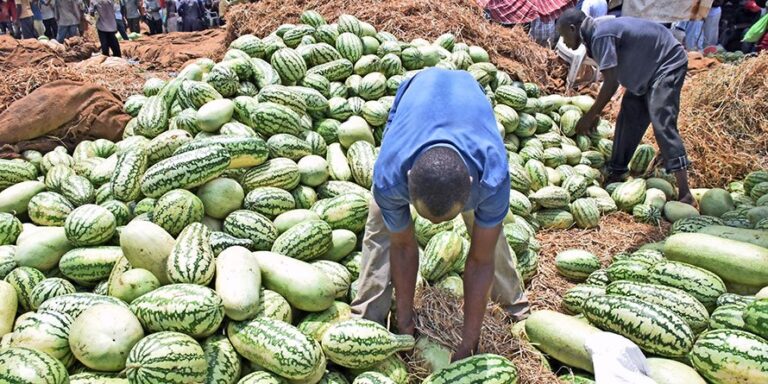Crop Rotation vs Permaculture: A Comprehensive Comparison
Sustainable agriculture is a critical focus in modern farming, aimed at enhancing food production while minimizing environmental impact.
Two broad approaches to sustainable farming are crop rotation and permaculture. While both methods prioritize soil health and biodiversity, they differ significantly in their principles, implementation, and long-term benefits.
What is Crop Rotation?
Crop rotation is an agricultural practice involving the sequential planting of different crops on the same land to improve soil health and reduce pest and disease problems.
This method has been used for centuries and is based on the understanding that different crops have varying nutrient requirements and pest associations.
By rotating crops, farmers can break pest cycles, reduce soil erosion, and improve soil fertility.
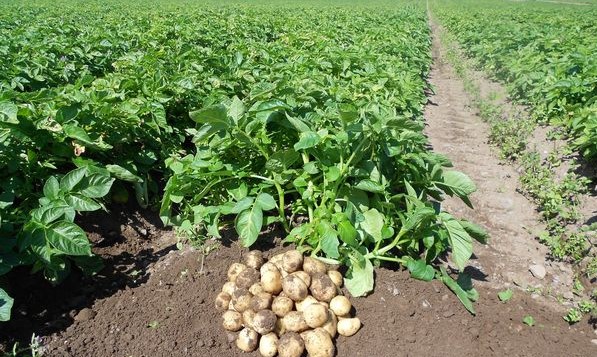
Principles of Crop Rotation
The fundamental principles of crop rotation include:
- Diverse Crop Selection: Growing a variety of crops to balance nutrient uptake and replenish soil fertility.
- Avoiding Monoculture: Preventing the continuous cultivation of a single crop to reduce pest and disease buildup.
- Improving Soil Structure: Enhancing soil health by alternating deep-rooted and shallow-rooted plants.
- Optimizing Nutrient Use: Rotating crops that have different nutrient needs and contributions, such as legumes fixing nitrogen.
Benefits of Crop Rotation
Crop rotation offers numerous benefits, including:
- Enhanced Soil Fertility: Different crops replenish soil nutrients, reducing the need for synthetic fertilizers.
- Pest and Disease Control: Rotating crops interrupts pest and disease cycles, decreasing reliance on chemical pesticides.
- Reduced Soil Erosion: Diverse cropping systems improve soil structure and reduce erosion.
- Increased Biodiversity: A variety of crops supports greater biodiversity in the farming ecosystem.
Challenges of Crop Rotation
Despite its benefits, crop rotation also presents challenges:
- Planning and Management: Requires careful planning to ensure appropriate crop sequences.
- Market Demands: Farmers need to balance crop rotation with market demands for specific crops.
- Resource Availability: Access to a variety of seeds and knowledge about different crops is essential.
What is Permaculture?
Permaculture, derived from “permanent agriculture,” is a holistic design approach that integrates land, resources, people, and the environment to create sustainable and self-sufficient agricultural systems.
It focuses on mimicking natural ecosystems to achieve harmony between humans and the environment. Permaculture principles can be applied to various scales, from small gardens to large farms, and encompass agriculture, water management, energy use, and community building.
Principles of Permaculture
Permaculture is guided by key principles, including:
- Observe and Interact: Understanding the environment through observation to inform sustainable practices.
- Catch and Store Energy: Maximizing resource use and storage, such as rainwater harvesting.
- Obtain a Yield: Ensuring that farming activities provide tangible benefits, such as food or materials.
- Apply Self-Regulation: Minimizing waste and promoting self-sufficiency.
- Use and Value Renewable Resources: Prioritizing renewable resources over finite ones.
Benefits of Permaculture
Permaculture offers a holistic approach with numerous benefits:
- Sustainable Systems: Creates self-sustaining ecosystems that require minimal external inputs.
- Biodiversity: Promotes diverse plant and animal life, enhancing ecosystem resilience.
- Soil Health: Emphasizes natural soil enrichment and preservation.
- Water Conservation: Efficient water use and management through techniques like swales and ponds.
- Community Building: Encourages collaboration and knowledge-sharing among local communities.
Challenges of Permaculture
Implementing permaculture also has its challenges:
- Initial Setup: Requires significant initial planning and investment in infrastructure.
- Knowledge Intensive: Demands a deep understanding of ecological principles and local conditions.
- Time-Consuming: Establishing a fully functional permaculture system can take several years.
Comparing Crop Rotation and Permaculture
When comparing crop rotation and permaculture, several factors stand out:
Approach and Scope
- Crop Rotation: Focuses primarily on soil health and pest management through the sequential planting of crops.
- Permaculture: Encompasses a broader, systemic approach to sustainable living, integrating agriculture with water, energy, and community systems.
Implementation and Maintenance
- Crop Rotation: Easier to implement on existing farms and requires relatively low investment.
- Permaculture: Involves a more complex setup and higher initial costs, but offers long-term sustainability.
Environmental Impact
- Crop Rotation: Reduces chemical use and promotes soil health, but may still rely on external inputs.
- Permaculture: Aims for a closed-loop system with minimal external inputs, maximizing environmental harmony.
Economic Viability
- Crop Rotation: Aligns well with conventional farming practices and market demands.
- Permaculture: May require a shift in mindset and market approach, focusing on local and sustainable products.
Long-Term Benefits
- Crop Rotation: Improves soil health and reduces pest pressures over time, but may require ongoing management.
- Permaculture: Creates resilient and self-sustaining systems, potentially offering greater long-term benefits.
Both crop rotation and permaculture offer valuable strategies for sustainable agriculture, each with its unique strengths and challenges. Crop rotation is a practical and effective method for improving soil health and managing pests, suitable for conventional farming contexts.
Permaculture, with its holistic and integrative approach, offers profound environmental benefits and long-term sustainability, though it requires a significant shift in practice and mindset.
For farmers and agriculturalists, the choice between crop rotation and permaculture will depend on various factors, including farm size, resources, market demands, and long-term goals. Ultimately, integrating elements of both approaches may offer the best path to a sustainable and resilient agricultural future.
FAQs
What are the main differences between crop rotation and permaculture?
Crop rotation focuses on sequential planting to improve soil health and pest control, while permaculture is a holistic design approach that integrates various aspects of sustainable living.
Can crop rotation and permaculture be combined?
Yes, integrating crop rotation into a permaculture system can enhance soil health and biodiversity, combining the benefits of both methods.
What crops are best suited for crop rotation?
Legumes, cereals, root crops, and cover crops are commonly used in crop rotation to balance nutrient uptake and improve soil fertility.
How long does it take to establish a permaculture system?
Establishing a functional permaculture system can take several years, depending on the scale and complexity of the design.
Is permaculture economically viable for commercial farming?
Permaculture can be economically viable, especially when focusing on local markets and value-added products, though it may require a shift from conventional farming practices.
What are the environmental benefits of permaculture?
Permaculture promotes biodiversity, soil health, water conservation, and sustainable resource use, creating resilient and self-sustaining ecosystems.
